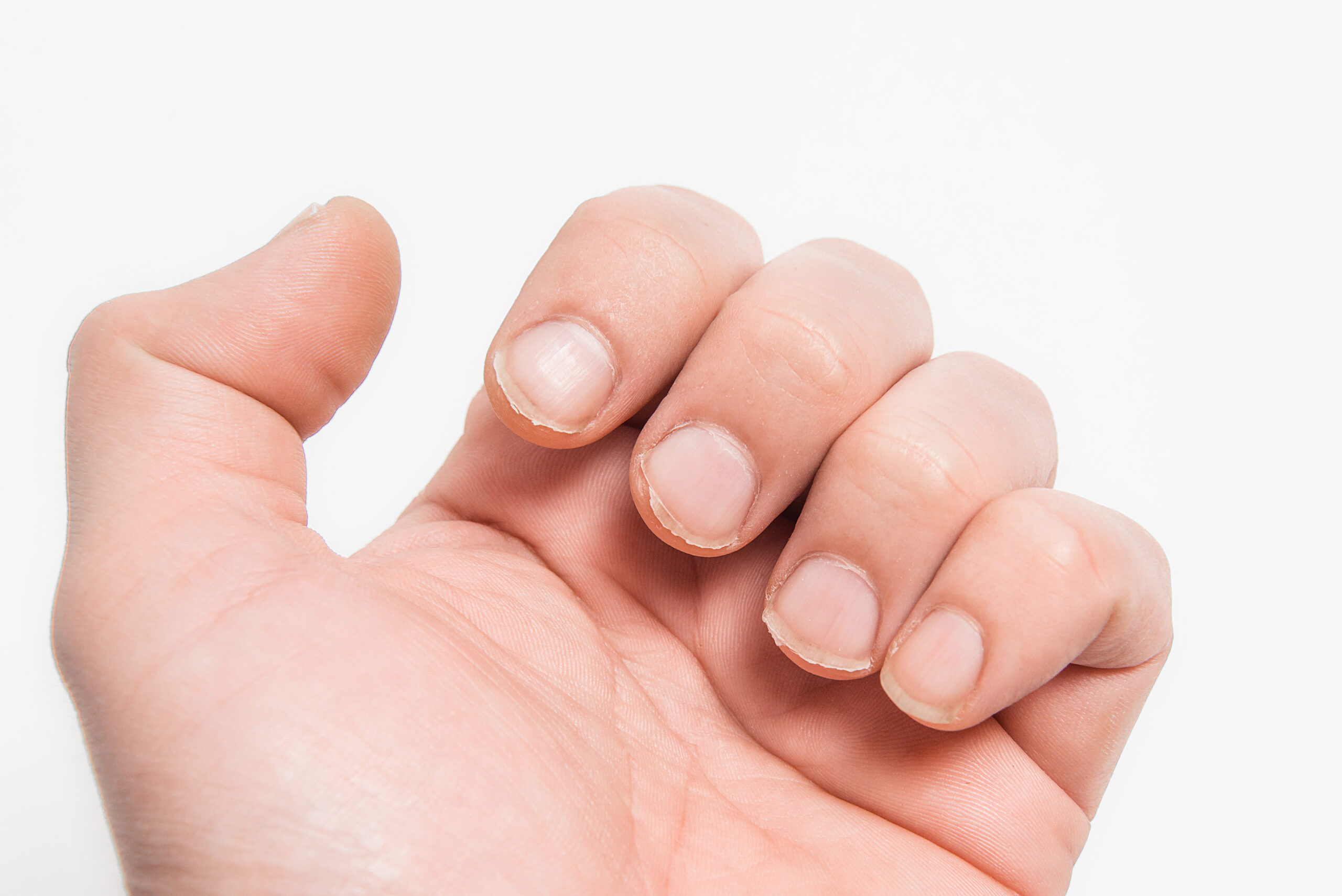Nail-biting is a common habit that many people struggle with, despite knowing the health risks it poses. Not only does it make your nails look unkempt, but it also increases your risk of infections and germs entering your body. Whether it’s due to stress, anxiety, or just the need to keep your hands busy, the good news is that nail-biting can be overcome. If you’re ready to break this habit, here are six practical strategies to help you stop biting your nails once and for all.
1. Identify the Triggers Behind Nail-Biting
The first step in breaking any habit is understanding why it happens. For many people, nail-biting is linked to emotional triggers like anxiety, stress, or boredom. Pay close attention to the moments when you feel the urge to bite your nails. Are you feeling anxious or nervous? Are you simply trying to pass the time? By identifying the underlying cause of your nail-biting, you can develop more effective strategies to address the trigger and replace the behavior with healthier coping mechanisms.
2. Keep Your Hands Occupied
The key to stopping nail-biting is preventing your hands from being idle. If your hands are busy, you can’t chew on your nails. Carrying around a small object to fidget with can make a big difference. Consider using stress-relief toys like a fidget spinner, a squishy ball, or even a Rubik’s cube. If you’re into crafts, knitting or crocheting can keep your hands busy while providing a creative outlet. By distracting your hands, you will reduce the temptation to bite your nails.
3. Trim Your Nails Short
Long nails are more tempting to bite, especially when they snag on objects or break. Keep your nails trimmed short to make them less inviting for chewing. Short nails are easier to maintain and are less likely to become damaged. Once you’ve successfully kicked the habit, you can let your nails grow out again. In the meantime, short nails will make it easier to resist the urge to bite them.
4. Paint Your Nails
A neat, well-manicured set of nails is much less likely to be bitten. If you paint your nails, especially with a bright color or a nice polish, you’ll think twice before ruining your manicure. Additionally, you can try using nail polish that has a bitter taste, specifically formulated to deter nail-biting. The bad taste will help remind you to stop when you feel the urge to bite. A well-groomed appearance can motivate you to protect your nails rather than harm them.
5. Gradually Reduce Nail-Biting
Going cold turkey can be difficult for many people. If you find it hard to quit all at once, consider reducing your nail-biting habit slowly. Start by allowing yourself to bite only certain nails, such as your thumbnails, and gradually phase out the rest. Each week, add another nail to the “no-bite” list, and continue until you’ve stopped altogether. By taking small steps, you can slowly train yourself to overcome the habit.
6. Stay Persistent and Patient
Breaking a habit takes time and persistence. Don’t be discouraged if you slip up, especially in the beginning. Nail-biting is a deeply ingrained habit, and it can take several attempts before you fully quit. Remember, consistency is key—don’t be too hard on yourself if you relapse. Acknowledge the slip, forgive yourself, and keep going. Over time, your nail-biting episodes will become less frequent, and eventually, you’ll find yourself no longer reaching for your nails.
Nail-biting is a tough habit to break, but with the right strategies and persistence, it’s definitely possible. By understanding why you bite your nails, keeping your hands busy, trimming your nails, and using deterrents like nail polish, you can make a significant improvement in stopping this habit. Don’t be discouraged by setbacks—staying patient and committed to the process will ultimately lead to success. Make a promise to yourself today to quit biting your nails and enjoy healthier, more beautiful nails going forward.




